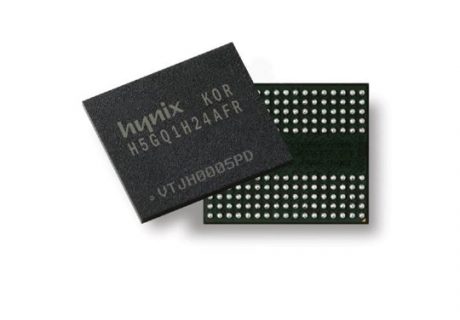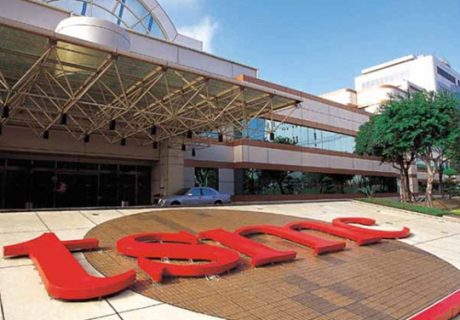Samsung said that it has taped out and is ramping multiple 7nm chips using EUV following a similar announcement earlier this month from its larger foundry rival, TSMC. Samsung also gave its supporting IP and EDA infrastructure a boost and detailed its packaging capabilities in an effort to catch up with TSMC’s ecosystem.

The South Korean giant also announced that it is sampling 256-GByte RDIMMs based on its 16-Gbit DRAM chips and plans for solid-state drives with embedded Xilinx FPGAs. But the 7nm news was the highlight of the event, a milestone fueled in part by its internal development of an EUV mask inspection system.
EUV systems supported 250-W light sources on a sustained basis since early this year at Samsung’s S3 fab in Hwaseong, South Korea, said Bob Stear, director of foundry marketing at Samsung. The power level drove throughput up to the needed 1,500 wafers/day for production. Since then, EUV systems have hit a peak 280 W, and Samsung targets 300 W, he said.
EUV eliminates a fifth of masks required with traditional argon-fluoride systems, raising yields. However, the node still requires some multi-patterning in base layers at the front-end-of-line, said Stear.
Samsung developed its own system to compare and fix expected and actual mask patterns to speed EUV into production. G. Dan Hutcheson of VLSI Research described it as a mask review system because it’s unclear if it is as automated as typical third-party inspection systems.
“With the introduction of the EUV process node, Samsung has led a revolution in the semiconductor industry,” said Charlie Bae, executive vice president of Samsung Foundry’ sales and marketing team. “This fundamental shift in wafer production gives our customers the opportunity to significantly increase time-to-market with superior throughput, reduced layers and higher throughput. We believe 7LPP is not only the best for mobile and HPC, it is also suitable for a wide range of cutting-edge applications.”


















